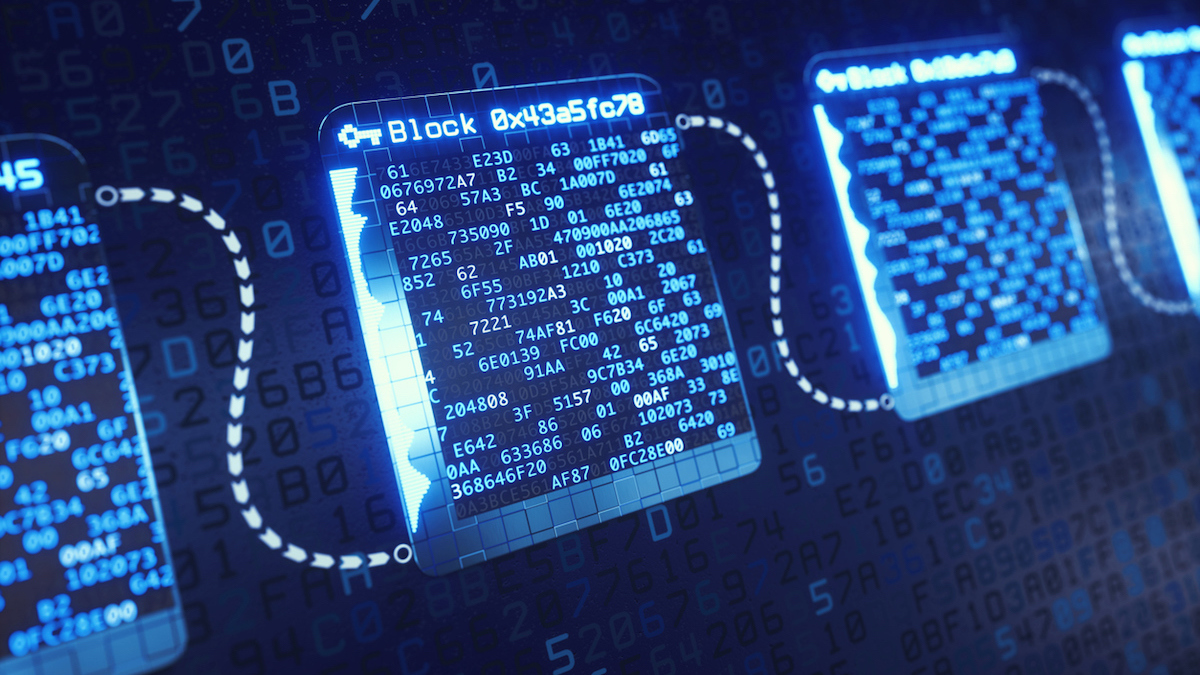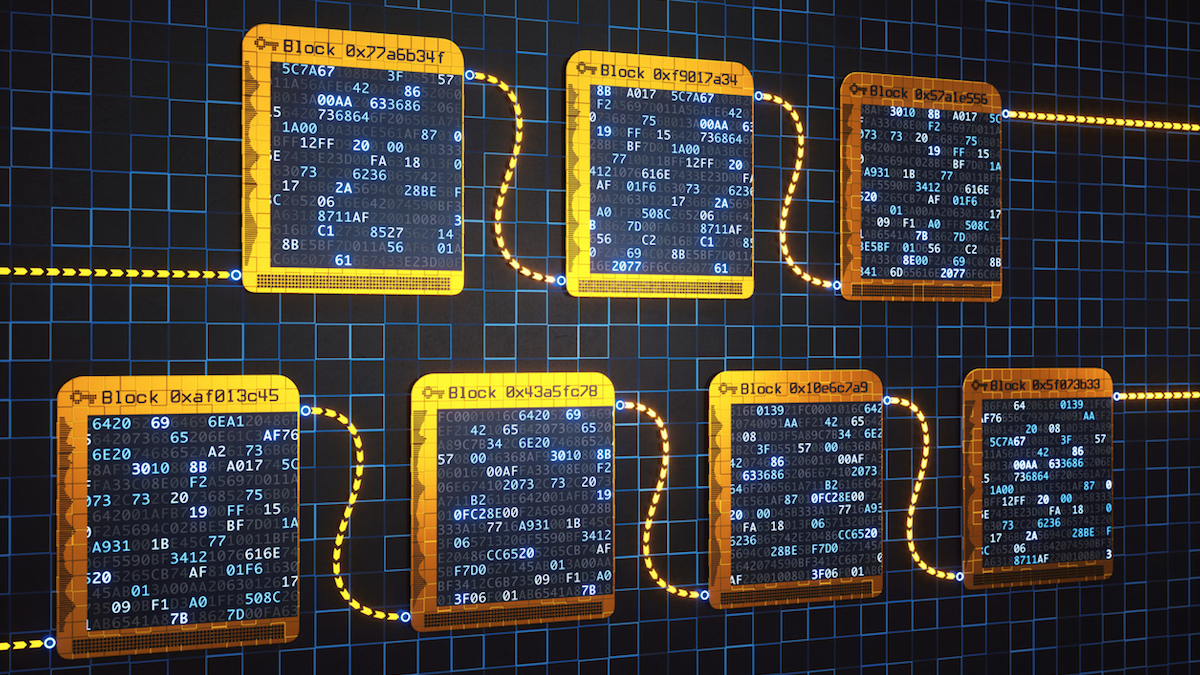An emergent technology is said to be changing the way records are kept. At the same time, enthusiasts say it is restoring treasures too often usurped from individuals: privacy, trust, and ownership. It’s been dubbed “the trust machine” by The Economist magazine. But, even if that’s the case, it is not without trust issues.
Bitcoin’s recent crisis indicates that the cryptocurrency’s long-term usefulness cannot yet be taken for granted. But prospects are more solid for the protocols that made Bitcoin possible in the first place—blockchains and other distributed ledger technologies (DLTs).
Consider the game-changing aspects of blockchain protocols
As big data multiplies and, with it, the demand for multi-user data retrieval and smart data storage grows, DLTs posit a potential that, in the words of an op-ed in The Guardian, “rivals the Internet in its potential for transformation.”
A DLT protocol is an open, decentralized (or at least less centralized), peer-to-peer, immutable, time-stamped electronic ledger system that “can record transactions between two parties efficiently and in a verifiable and permanent way.” It’s a series of blocks that preserve records with time stamps and links to previous blocks. DLTs include blockchain protocols, which are linear, and Directed Acyclic Graphs (DAGs), which are ledgers with a tangled structure.
DLTs — Ownership Unbundled
DLTs, ostensibly, mean records kept by the people and for the people. No one owns the DLT protocol. The paradoxical result? Every one of us can own it — at least that’s the theory.
The system’s structure is inherently democratic and transparent. Since the ledger is open, each party has access to the database and can verify data—all without expensive, time-consuming, intrusive intermediaries.
DLTs also ensure the thing that much of the public is fretting about having lost as we’ve embraced digital conveniences: privacy. When users control their own keys and there are no third parties, privacy is built in. Each user or node has the option to remain anonymous, and to identify solely with a 30-plus-character alphanumeric address. Because the protocol eliminates centralized nodes, such as banks, which are traditionally targets of criminals, and because it is virtually impossible to hack all existing copies, concerns over security are largely alleviated.
The chain nature of blockchains means that no record can be altered, because it is linked to every transaction that happened before it. Eventually, blockchain transactions are supposed to cost less than the traditional systems that have been built around intermediaries. DLTs also promise efficiency: The blockchain-based Ethereum takes only 17 seconds to process a transaction, “while a San Francisco-based startup, Safe Cash, announced last month that it can process a transaction in under five seconds—and can handle up to 25,000 transactions per second.”
What is blockchain being used for?
Current and potential uses of blockchain include identity verification (passport applications, digital signatures, and other IDs), health record tracking (as is the case in Estonia), payments, and other cases of securing records. The government of the Republic of Georgia uses DLT protocols to validate land property rights and titles. British Airways, Heathrow Airport, and SITA use blockchain protocols to sync operational flight data. Looking ahead, the Pentagon maintains that blockchain can prevent mega hacks, tampering, and cyber-hijackings of vehicles, aircraft, or satellites.
“Let’s say I rent out my house, like I would on Airbnb,” writes Omri Barzilay in Forbes. “By utilizing blockchain technology, I could program my front door to open only when a person reserved it, and automatically pay me, and lock the door, once he leaves the property.”
Is blockchain as secure as optimists suggest?
Indeed, the time stamps inscribed on various blocks cannot be overwritten. According to Business Insider, “data manipulation is extremely impractical, thus securing data and eliminating centralized points that cybercriminals often target.” Even if some nodes were to be hacked, it is highly unlikely that all the users who have the records would be. Any data manipulation on one node is easy to find thanks to the original hashes that are included on other nodes.
Still, critics caution that while security of signatures within blockchains is solid, security of particular data poses some questions. If hackers only need to access one node to steal encrypted information, then does it matter if this data is also stored elsewhere? “If a key is compromised, then it can be used to access the database in a hub-and-spoke model, as well as in a distributed database,” says Mance Harmon, senior director of labs at Ping Identity.
As is the case with any new technology of great import to the public, wrinkles need ironing out in the areas that include regulations and compatibility of firmware.
Even with the disintermediation of big banks, financial institutions, and other third-party rule enforcers, trust issues are likely to persist because… well, they do in any human endeavors. Instead of trusting a banker, you might have to trust that a developer did not inadvertently leave a backdoor to your wallet. It matters who makes the rules and standards that govern how various distributed ledgers protocols and networks work. It’s a stand-in for centralized control.
“You can use technologies to potentially enhance the processes of governance (eg. transparency, online deliberation, e-voting), but you can’t engineer away governance as such,” writes Oxford Internet Institute professor Vili Lehdonvirta. “All this leads me to wonder how revolutionary blockchain technologies really are. If you still rely on a Board of Directors or similar body to make it work, how much has economic organization really changed?”
Trust has always been an issue humans have had to solve throughout history. It’s woven through all emerging technologies, too.
The extent to which we can protect it will determine the usefulness of the purported “trust machine”—and its staying power.











